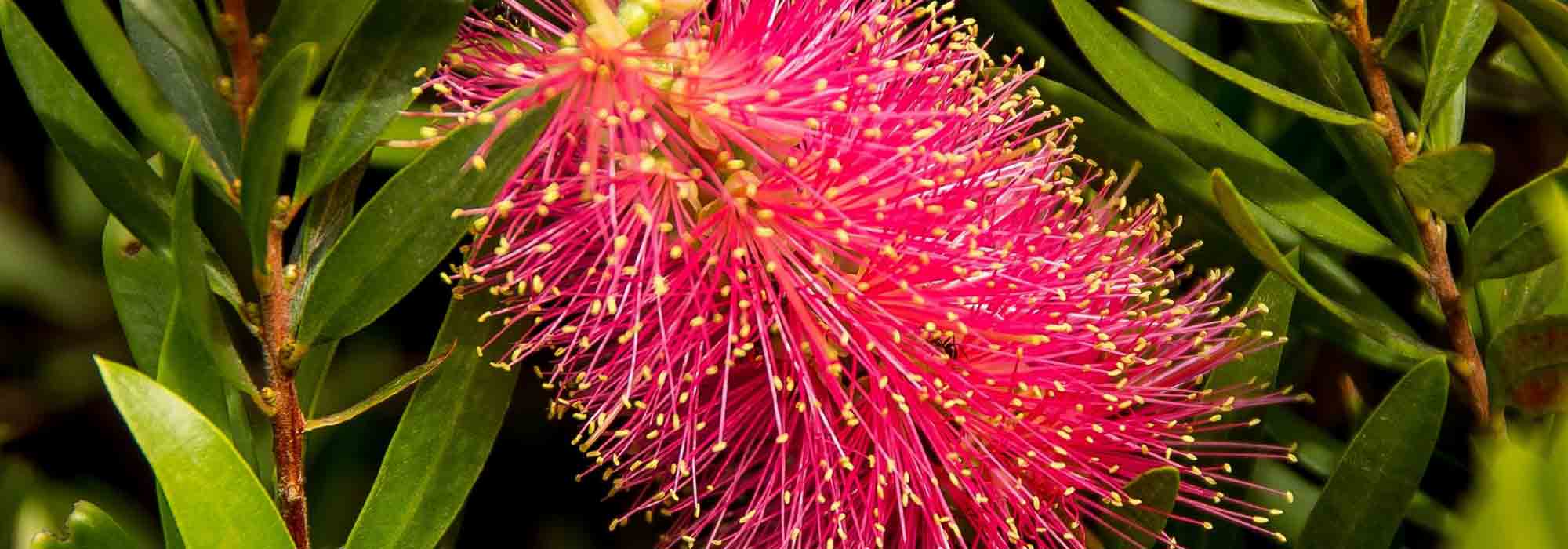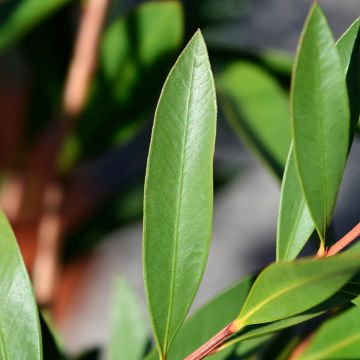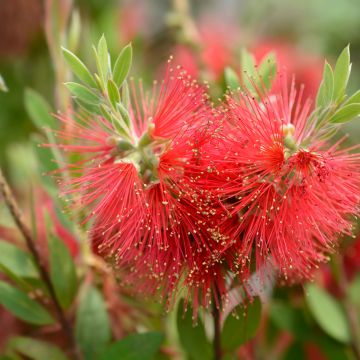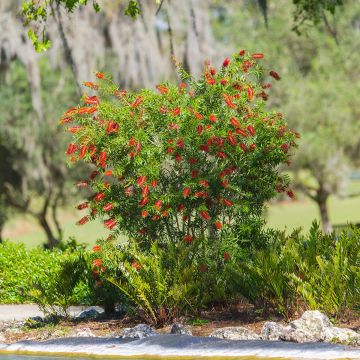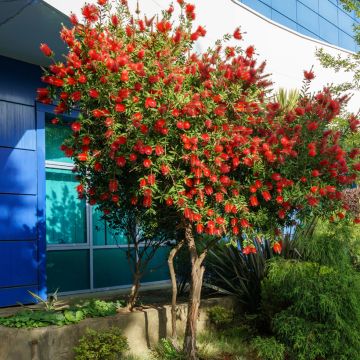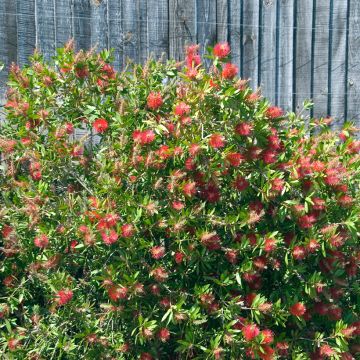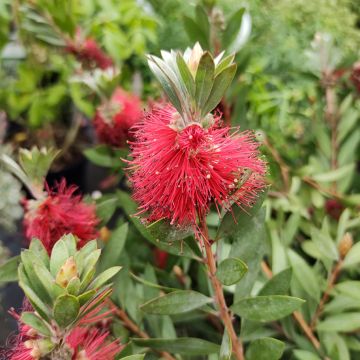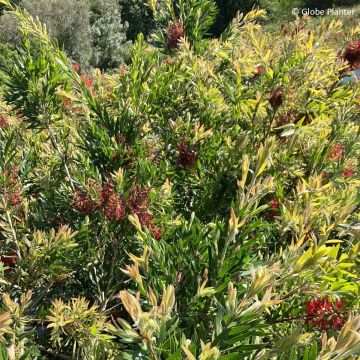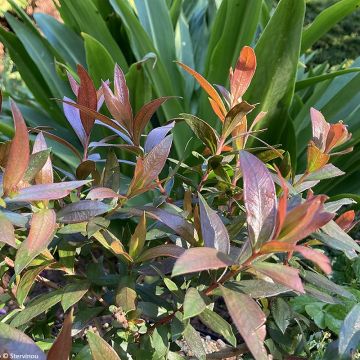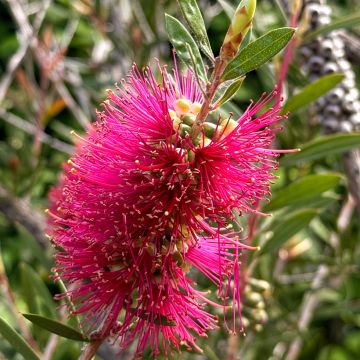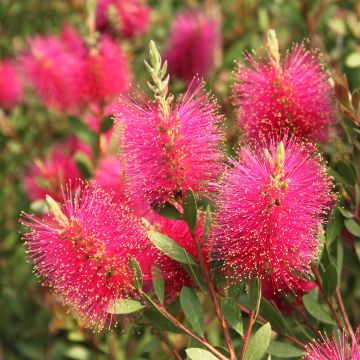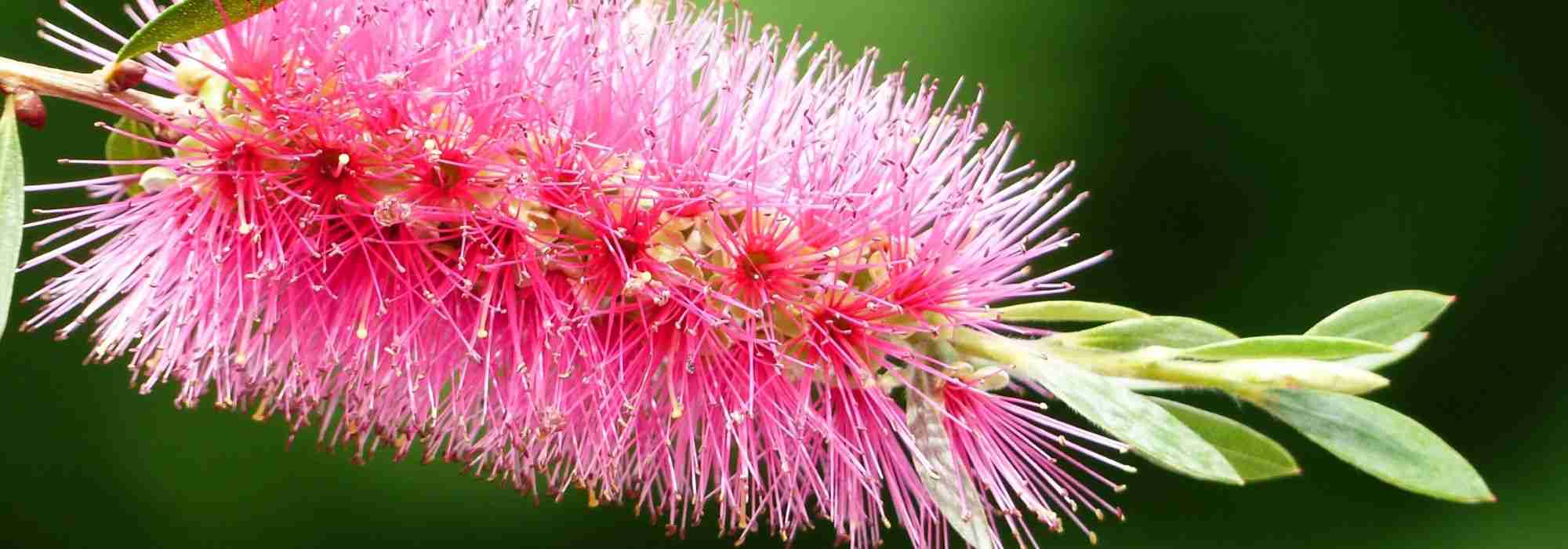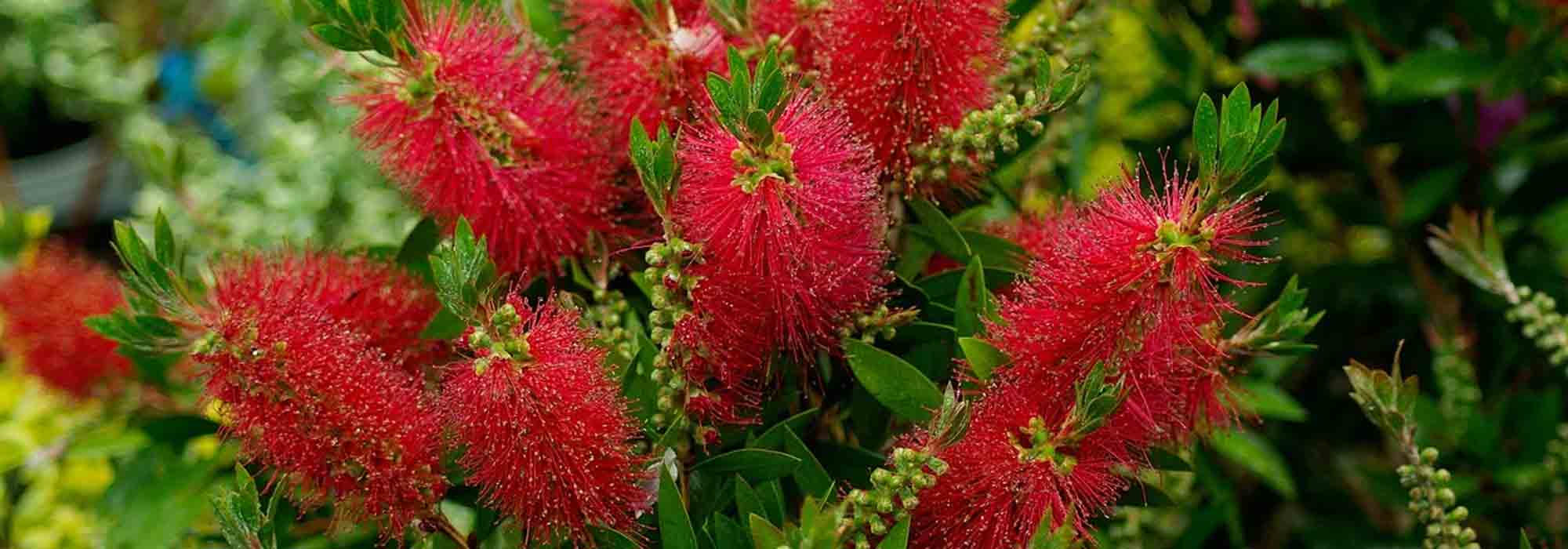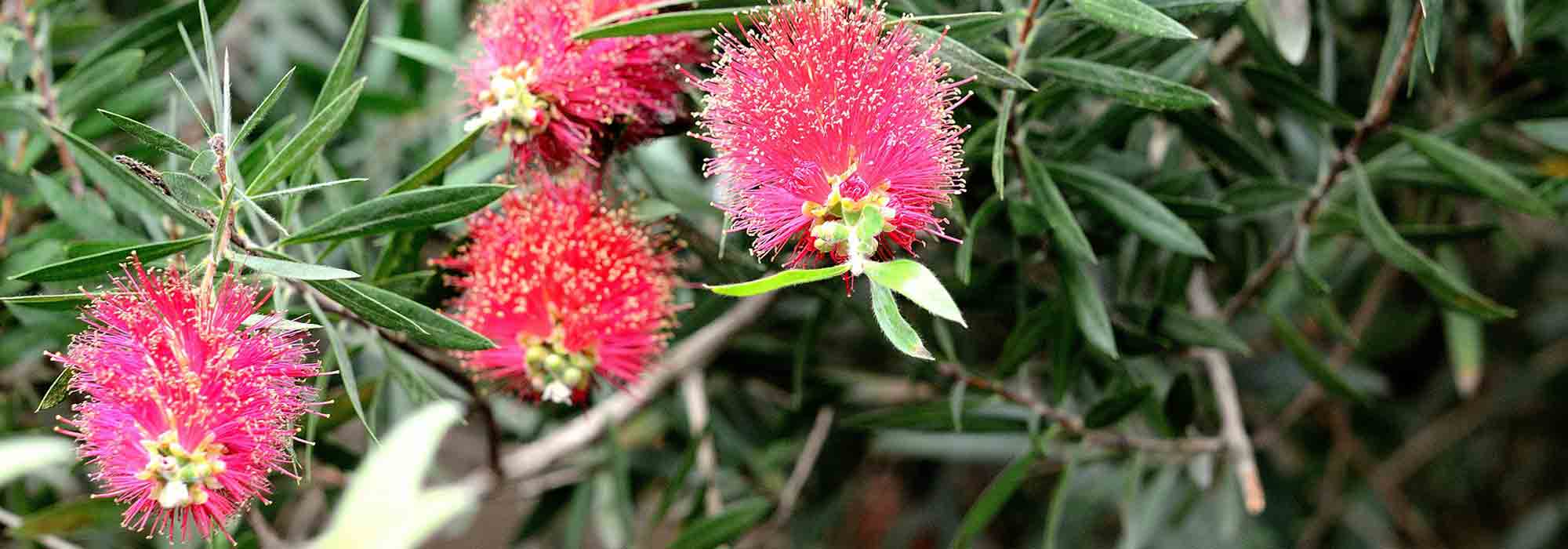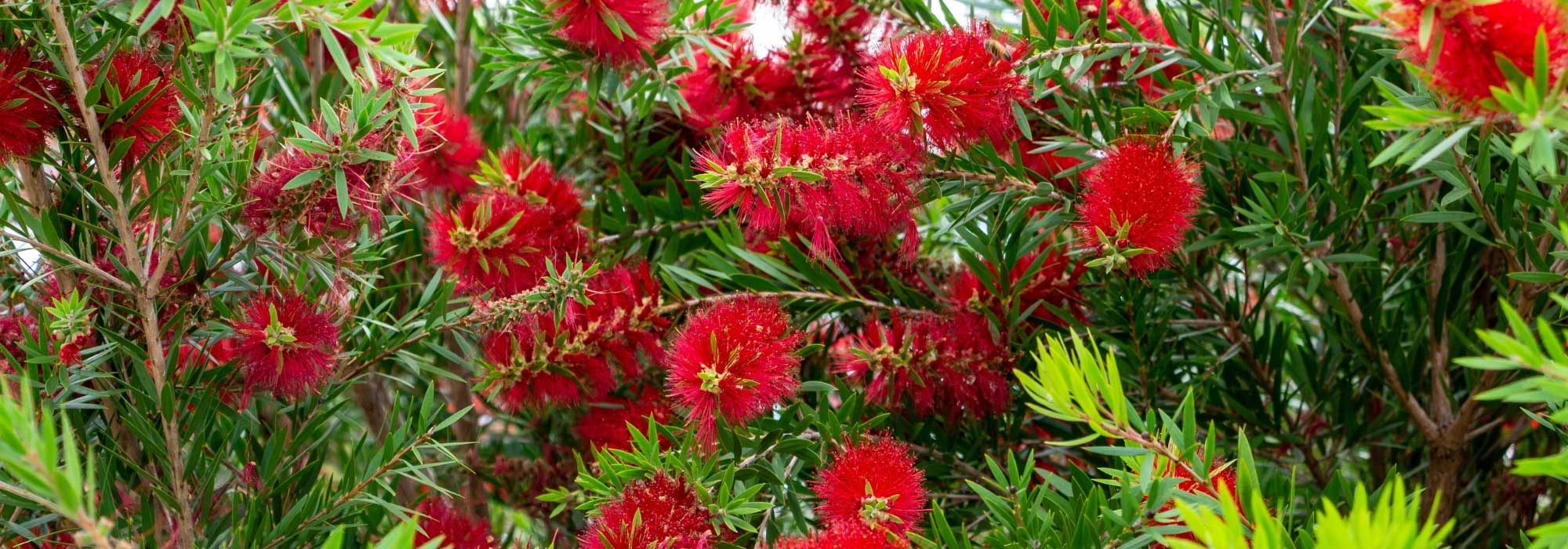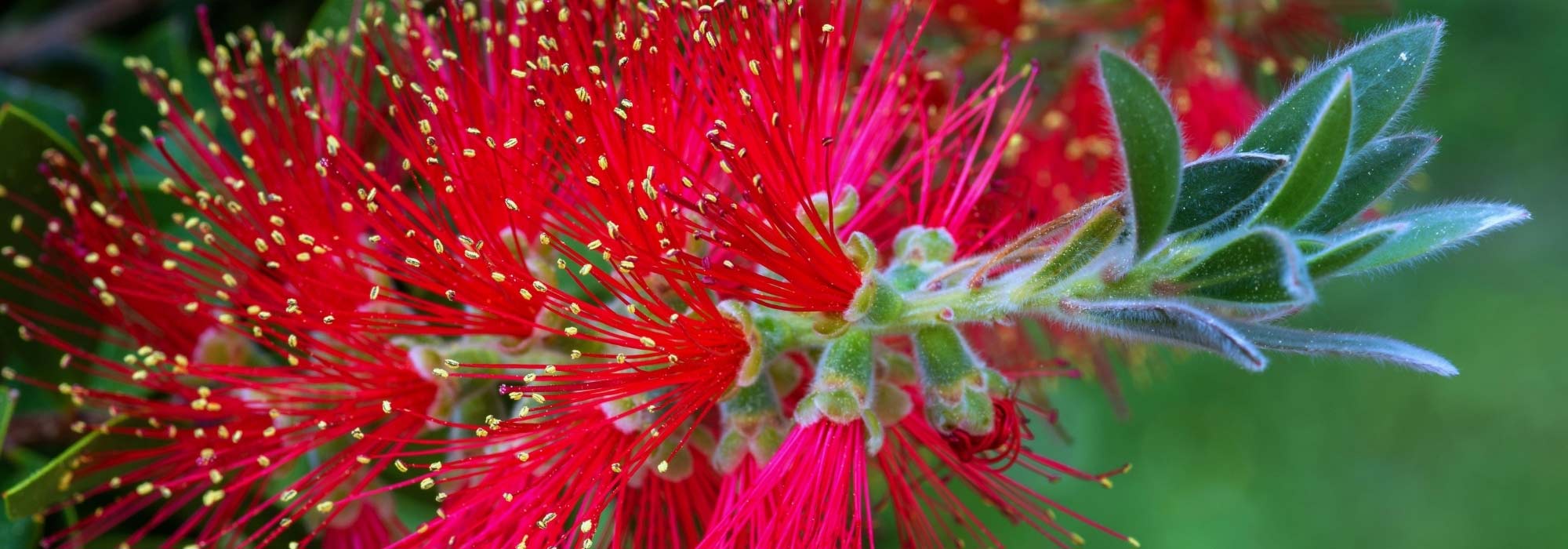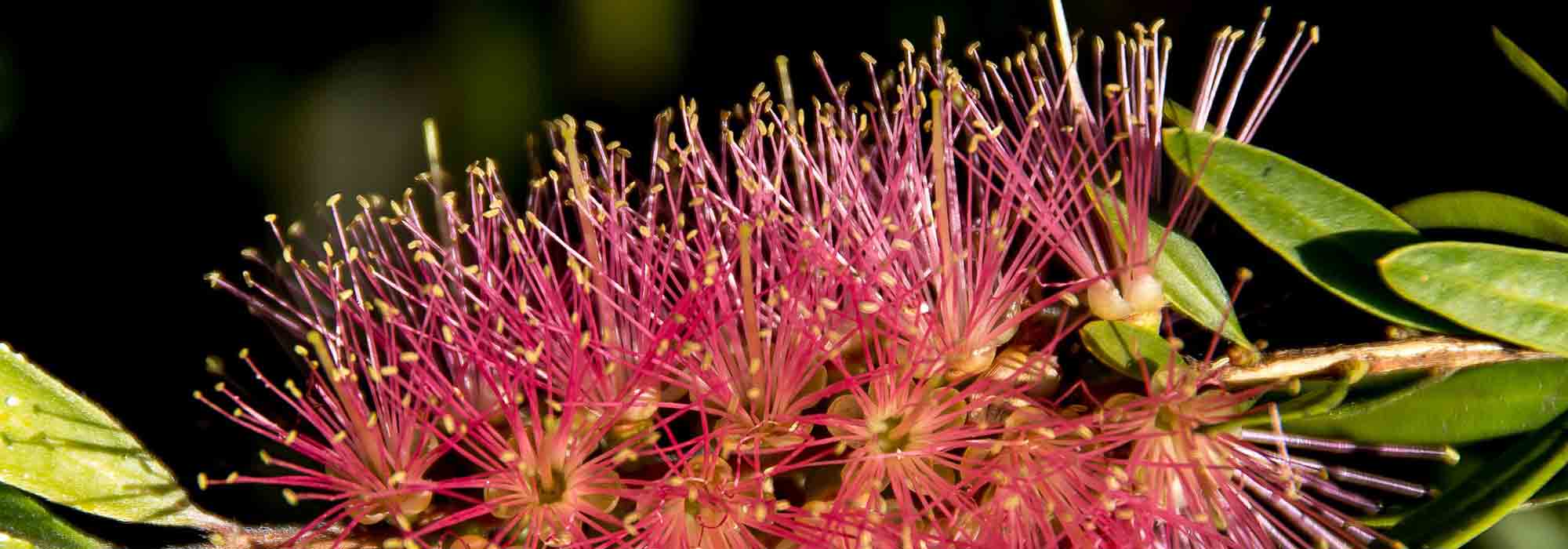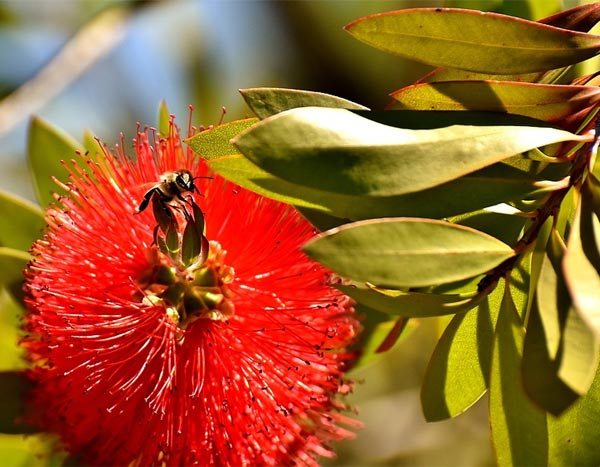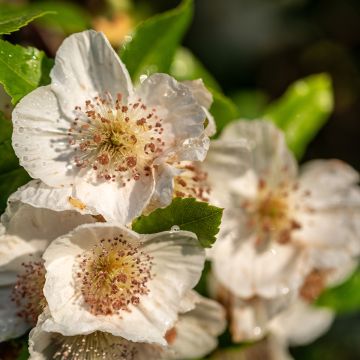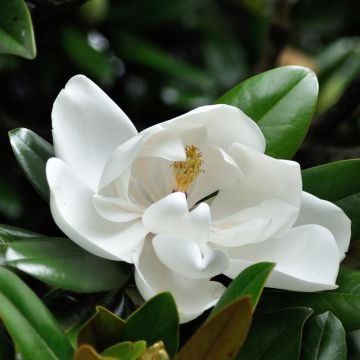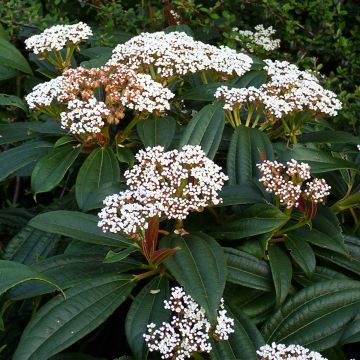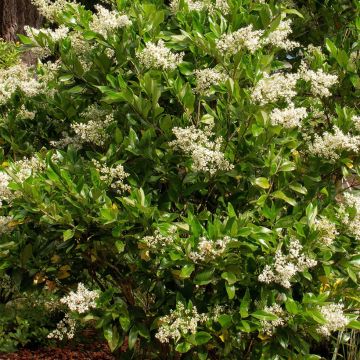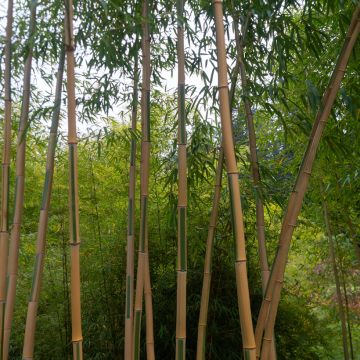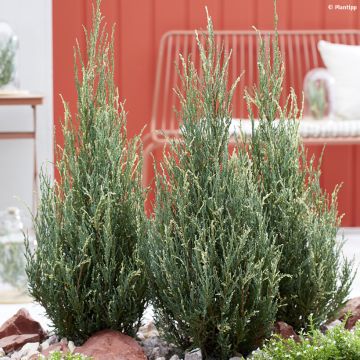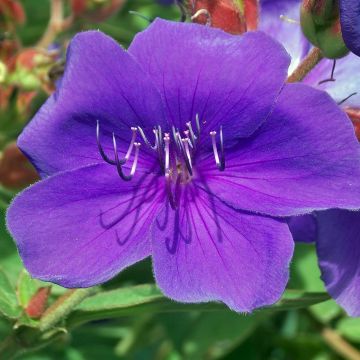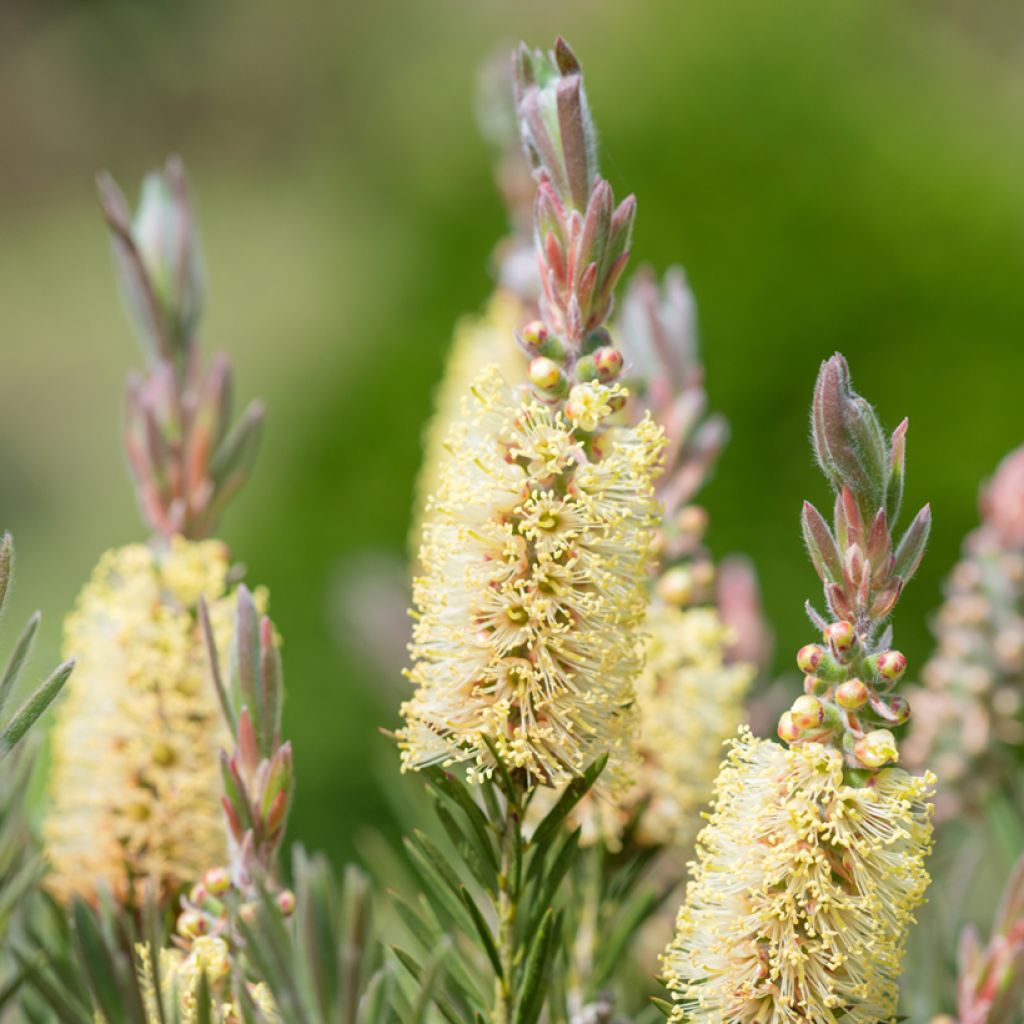

Callistemon pityoides Widdicombe Gem - Bottlebrush
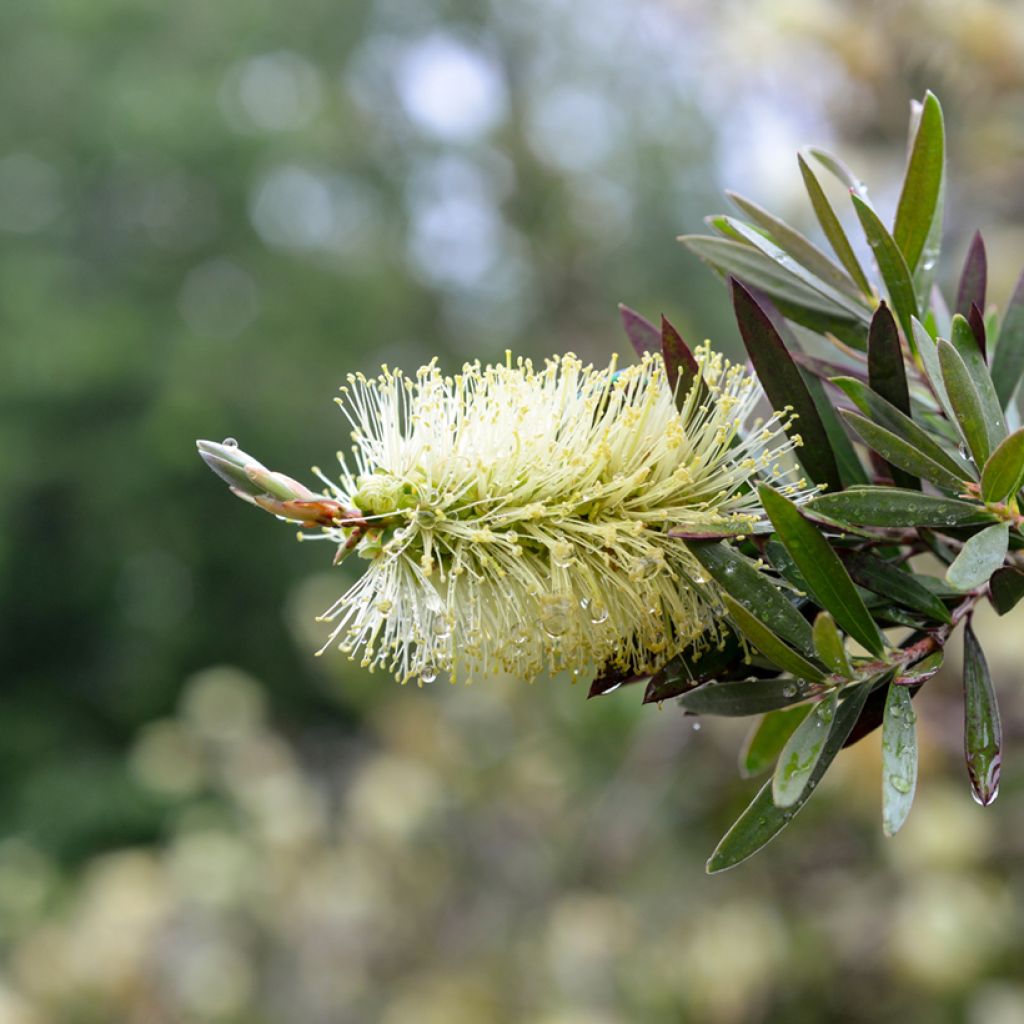

Callistemon pityoides Widdicombe Gem - Bottlebrush
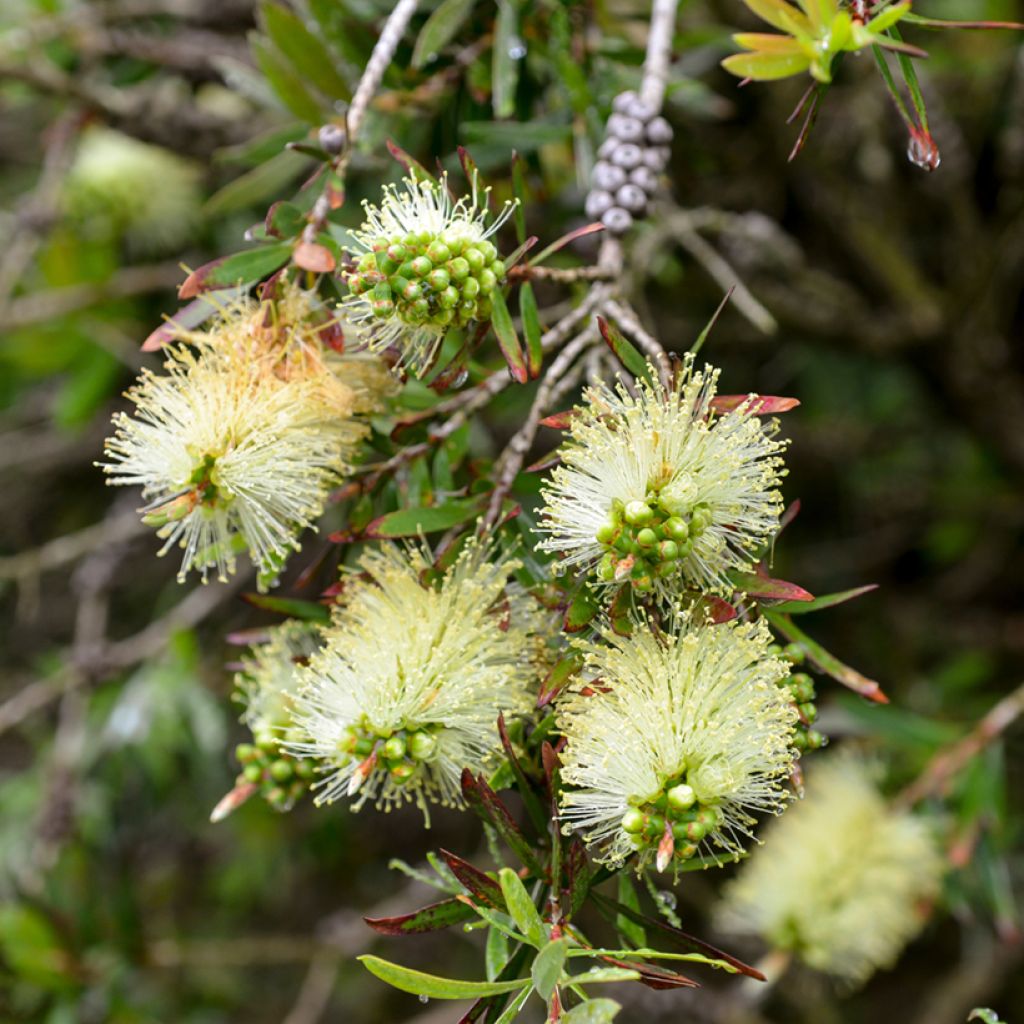

Callistemon pityoides Widdicombe Gem - Bottlebrush
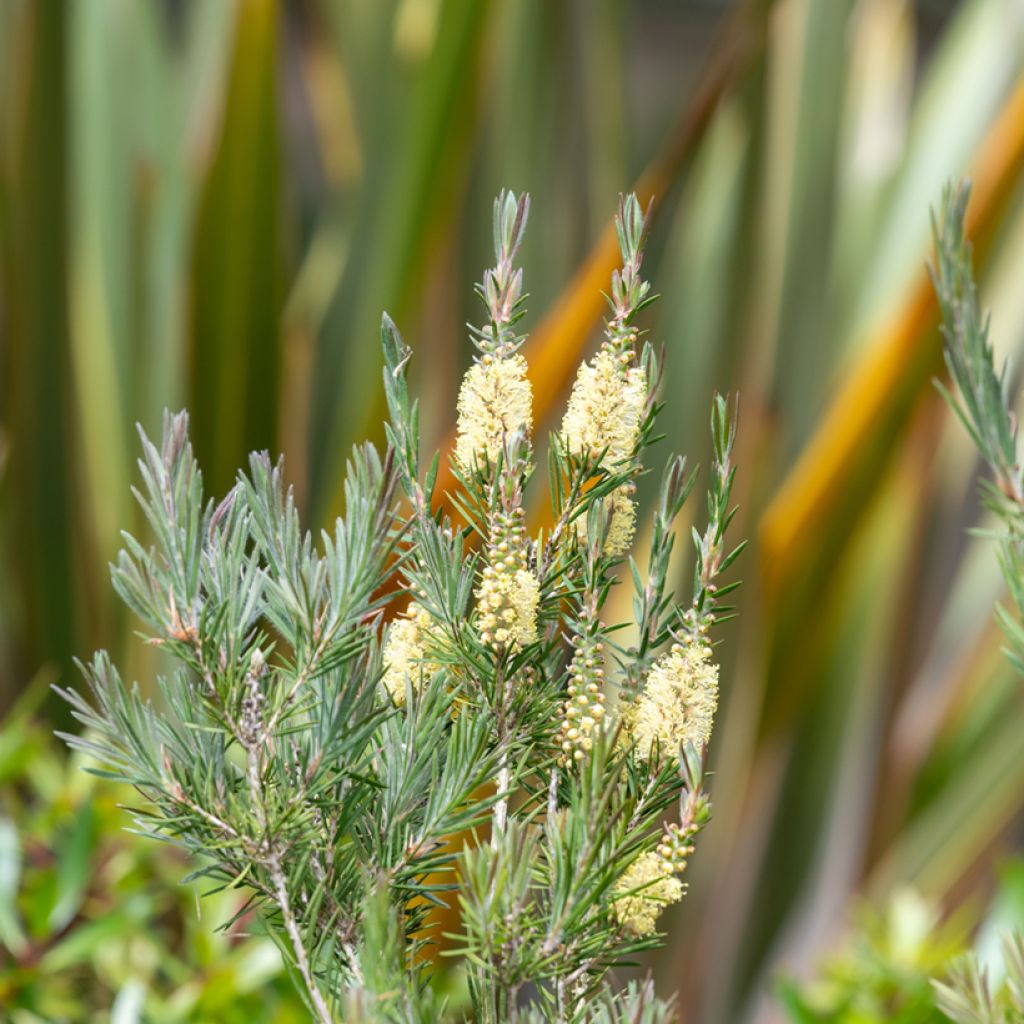

Callistemon pityoides Widdicombe Gem - Bottlebrush
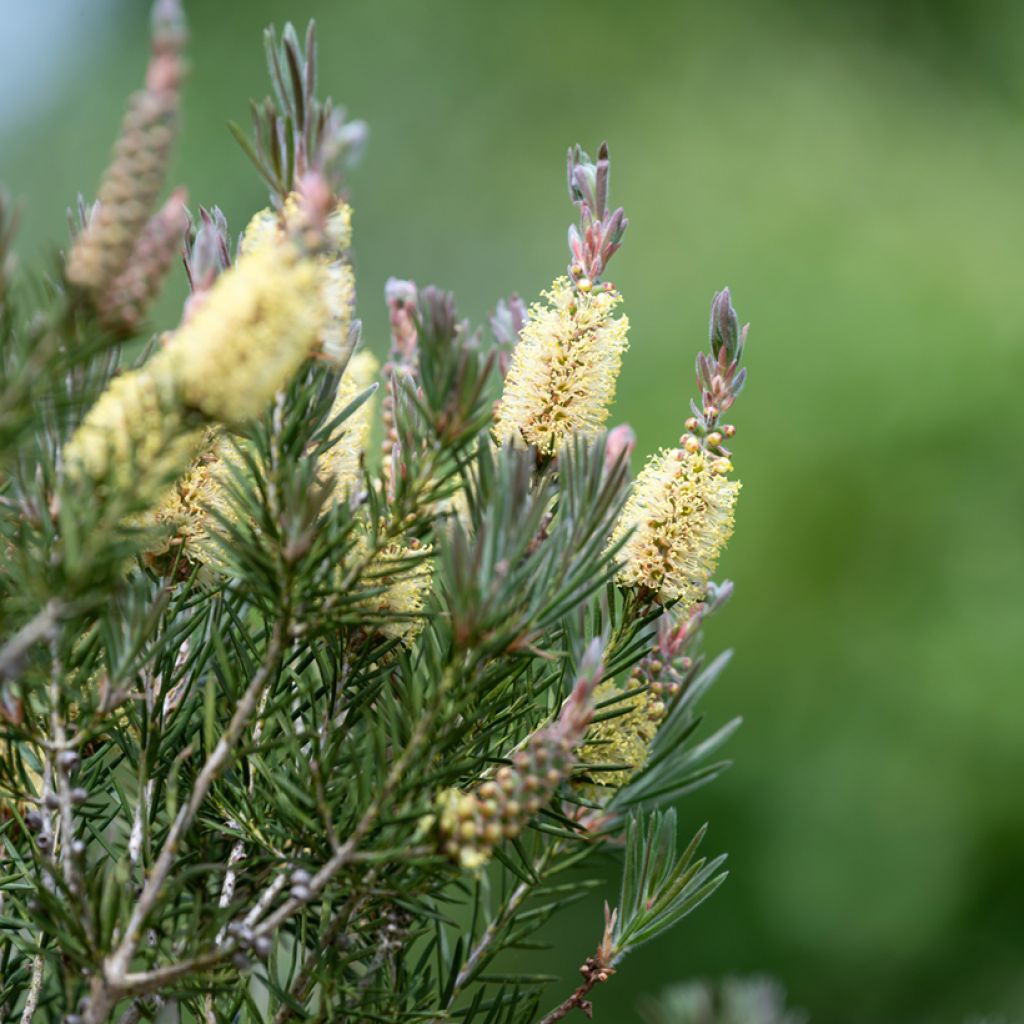

Callistemon pityoides Widdicombe Gem - Bottlebrush


Callistemon pityoides Widdicombe Gem - Bottlebrush


Callistemon pityoides Widdicombe Gem - Bottlebrush
Callistemon pityoides Widdicombe Gem - Bottlebrush
Callistemon pityoides Widdicomb Gem
Alpine Bottlebrush, Kosciuszko Bottlebrush
Beautiful plant. Planted quickly and with care. I can't wait to see the flowers—I've been looking for this color for a long time.
Lylou, 23/04/2025
Special offer!
Receive a €20 voucher for any order over €90 (excluding delivery costs, credit notes, and plastic-free options)!
1- Add your favorite plants to your cart.
2- Once you have reached €90, confirm your order (you can even choose the delivery date!).
3- As soon as your order is shipped, you will receive an email containing your voucher code, valid for 3 months (90 days).
Your voucher is unique and can only be used once, for any order with a minimum value of €20, excluding delivery costs.
Can be combined with other current offers, non-divisible and non-refundable.
Home or relay delivery (depending on size and destination)
Schedule delivery date,
and select date in basket
This plant carries a 24 months recovery warranty
More information
We guarantee the quality of our plants for a full growing cycle, and will replace at our expense any plant that fails to recover under normal climatic and planting conditions.

Does this plant fit my garden?
Set up your Plantfit profile →
Description
Callistemon pityoides 'Widdicombe Gem' (formerly Callistemon sieberi 'Widdicombe Gem') is a variety of bottlebrush that is particularly interesting, especially for its cold resistance. It displays the usual pendulous brush-like flowers of this type of Australian bush, but in a pale yellow colour, which is quite unique. The flowering lasts a long time and occurs from April to August depending on the region. This variety is capable of withstanding temperatures down to about -12°C, depending on the growing conditions. The bush, of medium size, is easily recognizable outside of the flowering period by its very fine leaves resembling those of a willow. It should be planted in full sun to enjoy abundant flowering and help it withstand the winter. In climates that are too harsh, it will be grown in a container to be sheltered during periods of frost.
The bottlebrushes are representatives of the Myrtaceae family, like eucalyptus, Melaleucas, Feijoas, and of course, myrtles. All these bushes or trees have a strong family resemblance when it comes to their spectacular flowering, due to the size of their stamens. In fact, the name Callistemon comes from the Greek words kallistos (magnificent) and stemon (stamens), which is a good summary of the ornamental interest of these plants. Native to Australia, Callistemons love the sun, which promotes their flowering.
Callistemon pityoides 'Widdicombe Gem' has a compact habit, reaching about 1.50m (4ft 11in) in 10 years with a width of 80cm (31.5in) to 1m. It therefore has a relatively slow growth, making it a good plant for small gardens or container cultivation. With its spiky appearance, it displays small branches in all directions, which particularly highlights its beautiful flowering. The leaves are very narrow, a sign of adaptation to the dryness of its country of origin, but it will flower better if watered during the summer. The brush-like flowers, about ten centimetres long, are made up of protruding pale yellow stamens. Carried by the tips of the branches, the flowers are thus clearly visible on the periphery of the lush green foliage. Their unique design is very spectacular and brings a touch of exoticism to the garden.
Its hardiness allows it to be planted well beyond Mediterranean or Atlantic coastal areas, which are the preferred habitats of other varieties of bottlebrushes. This one is tough, a real strong one, and you can acclimatize it in most parts of the country! In the east or at higher altitudes, planting it in a container will allow you to enjoy its remarkable aesthetics without taking too much risk. Just overwinter it in a cool place (sufficiently bright garage or other) during periods of severe cold.
As the ultimate graphic plant, this Callistemon 'Widdicombe Gem' will find its place in a contemporary garden, highlighting architectural features and typical flowering. In temperate to cool climatic zones, its exotic appearance will also make it suitable for themed gardens, where it will accompany other distinctive plants, evoking distant lands. It can be associated with the very pretty hardy palm tree Trachycarpus wagnerianus, with a more compact habit and leaves than the classic T. fortunei, the well-known Yucca rostrata with its beautiful slender blue leaves, or the pads of Opuntia engelmanii. As for perennials, Tritoma will be a perfect companion, as well as Asphodelus lutea.
Callistemon pityoides Widdicombe Gem - Bottlebrush in pictures


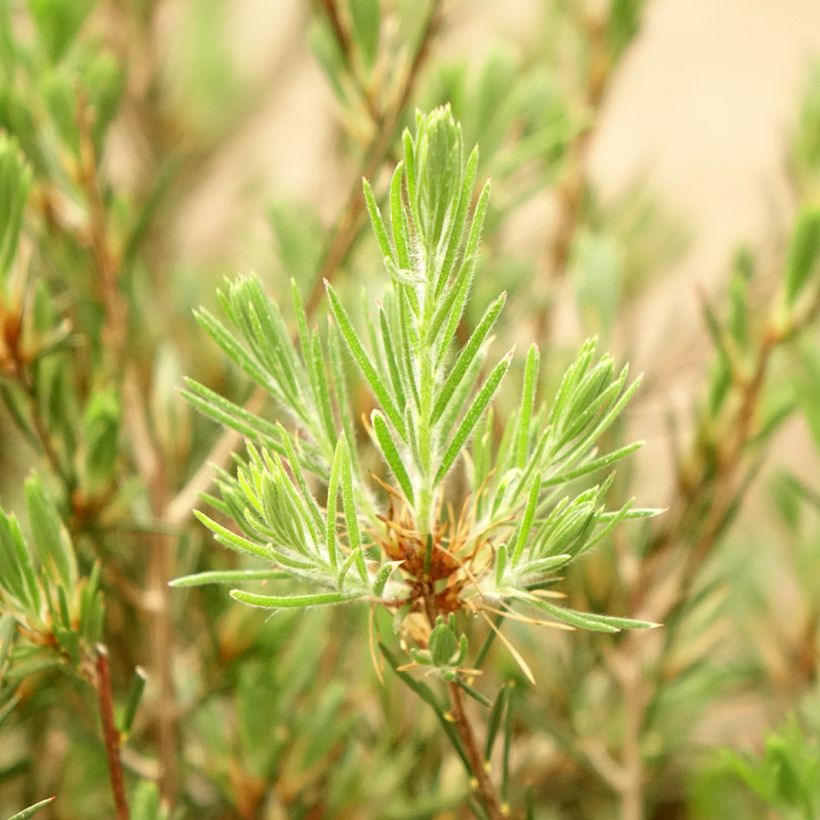

Plant habit
Flowering
Foliage
Botanical data
Callistemon
pityoides
Widdicomb Gem
Myrtaceae
Alpine Bottlebrush, Kosciuszko Bottlebrush
Cultivar or hybrid
Other Callistemon
View all →Planting and care
Callistemon pityoides 'Wilddicombe Gem' should be planted in spring or early autumn in mild climates. It will thrive in a light, well-drained, fertile soil that is slightly moist to slightly dry in summer, although it greatly appreciates regular watering to support its beautiful flowering. Any loose soil, whether humus-rich, slightly rocky, or sandy, and slightly acidic or neutral, will do. If your soil tends to be alkaline, it is necessary to dig a hole and fill it with a mixture of heath soil, compost, coarse sand, and garden soil. Treat any abnormal yellowing of the leaves with an anti-chlorosis product (sequestrene). It tolerates sea spray and drought, although the latter will negatively affect its floribundity.
A Callistemon should never show signs of dehydration; if it does, it will struggle to recover. It thrives in full sun and prefers warm roots. Under these conditions, it is hardy down to -12 °C and can live for many years. Surround it with winter protection in the coldest regions, and insulate it from the cold as much as possible. Plant it in the warmest corner of the garden, in full sun, against a south-facing wall.
In truly cold regions, it is advisable to cultivate it in a large pot that can be stored indoors during winter, in a bright but unheated room. Ensure good drainage in the bottom of the pot, which should be of ample volume. Use a lightweight substrate enriched with leaf compost, and apply a slow-release fertilizer in late winter and autumn. Water generously in summer, allowing the soil to dry out slightly between waterings. The more you water, the more your Callistemon will flower.
Planting period
Intended location
Care
Planting & care advice
-
, onOrder confirmed
Reply from on Promesse de fleurs
Similar products
Haven't found what you were looking for?
Hardiness is the lowest winter temperature a plant can endure without suffering serious damage or even dying. However, hardiness is affected by location (a sheltered area, such as a patio), protection (winter cover) and soil type (hardiness is improved by well-drained soil).

Photo Sharing Terms & Conditions
In order to encourage gardeners to interact and share their experiences, Promesse de fleurs offers various media enabling content to be uploaded onto its Site - in particular via the ‘Photo sharing’ module.
The User agrees to refrain from:
- Posting any content that is illegal, prejudicial, insulting, racist, inciteful to hatred, revisionist, contrary to public decency, that infringes on privacy or on the privacy rights of third parties, in particular the publicity rights of persons and goods, intellectual property rights, or the right to privacy.
- Submitting content on behalf of a third party;
- Impersonate the identity of a third party and/or publish any personal information about a third party;
In general, the User undertakes to refrain from any unethical behaviour.
All Content (in particular text, comments, files, images, photos, videos, creative works, etc.), which may be subject to property or intellectual property rights, image or other private rights, shall remain the property of the User, subject to the limited rights granted by the terms of the licence granted by Promesse de fleurs as stated below. Users are at liberty to publish or not to publish such Content on the Site, notably via the ‘Photo Sharing’ facility, and accept that this Content shall be made public and freely accessible, notably on the Internet.
Users further acknowledge, undertake to have ,and guarantee that they hold all necessary rights and permissions to publish such material on the Site, in particular with regard to the legislation in force pertaining to any privacy, property, intellectual property, image, or contractual rights, or rights of any other nature. By publishing such Content on the Site, Users acknowledge accepting full liability as publishers of the Content within the meaning of the law, and grant Promesse de fleurs, free of charge, an inclusive, worldwide licence for the said Content for the entire duration of its publication, including all reproduction, representation, up/downloading, displaying, performing, transmission, and storage rights.
Users also grant permission for their name to be linked to the Content and accept that this link may not always be made available.
By engaging in posting material, Users consent to their Content becoming automatically accessible on the Internet, in particular on other sites and/or blogs and/or web pages of the Promesse de fleurs site, including in particular social pages and the Promesse de fleurs catalogue.
Users may secure the removal of entrusted content free of charge by issuing a simple request via our contact form.
The flowering period indicated on our website applies to countries and regions located in USDA zone 8 (France, the United Kingdom, Ireland, the Netherlands, etc.)
It will vary according to where you live:
- In zones 9 to 10 (Italy, Spain, Greece, etc.), flowering will occur about 2 to 4 weeks earlier.
- In zones 6 to 7 (Germany, Poland, Slovenia, and lower mountainous regions), flowering will be delayed by 2 to 3 weeks.
- In zone 5 (Central Europe, Scandinavia), blooming will be delayed by 3 to 5 weeks.
In temperate climates, pruning of spring-flowering shrubs (forsythia, spireas, etc.) should be done just after flowering.
Pruning of summer-flowering shrubs (Indian Lilac, Perovskia, etc.) can be done in winter or spring.
In cold regions as well as with frost-sensitive plants, avoid pruning too early when severe frosts may still occur.
The planting period indicated on our website applies to countries and regions located in USDA zone 8 (France, United Kingdom, Ireland, Netherlands).
It will vary according to where you live:
- In Mediterranean zones (Marseille, Madrid, Milan, etc.), autumn and winter are the best planting periods.
- In continental zones (Strasbourg, Munich, Vienna, etc.), delay planting by 2 to 3 weeks in spring and bring it forward by 2 to 4 weeks in autumn.
- In mountainous regions (the Alps, Pyrenees, Carpathians, etc.), it is best to plant in late spring (May-June) or late summer (August-September).
The harvesting period indicated on our website applies to countries and regions in USDA zone 8 (France, England, Ireland, the Netherlands).
In colder areas (Scandinavia, Poland, Austria...) fruit and vegetable harvests are likely to be delayed by 3-4 weeks.
In warmer areas (Italy, Spain, Greece, etc.), harvesting will probably take place earlier, depending on weather conditions.
The sowing periods indicated on our website apply to countries and regions within USDA Zone 8 (France, UK, Ireland, Netherlands).
In colder areas (Scandinavia, Poland, Austria...), delay any outdoor sowing by 3-4 weeks, or sow under glass.
In warmer climes (Italy, Spain, Greece, etc.), bring outdoor sowing forward by a few weeks.






























